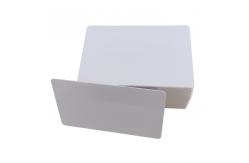125khz LF Low Frequency RFID Card Access Control RFID Card EM4100 EM4200 TK4100
|
|
125kHz LF (Low Frequency) RFID cards are passive identification devices widely used in access control and security applications. These cards operate without batteries, instead drawing power through electromagnetic induction when brought within range of a compatible reader. The card contains a simple microchip and an antenna coil, typically made of copper wire with multiple turns. When the card enters a reader's magnetic field, the induced current powers the chip, which then transmits its unique identification number back to the reader through load modulation. Key characteristics of 125kHz RFID cards include:
Common formats include:
These cards are particularly popular in:
While newer technologies like 13.56MHz HF RFID offer better security and functionality, 125kHz cards remain widespread due to their established infrastructure, reliability, and cost-effectiveness. Their simplicity and durability make them suitable for basic identification tasks, though they are gradually being replaced in applications requiring higher security or data storage capabilities. The technology is considered mature and standardized, with various manufacturers producing compatible cards and readers, ensuring broad interoperability across different systems and installations. |
| Product Tags: 125khz Low Frequency RFID Card 125khz Access Control RFID Card EM4100 Low Frequency RFID Card |
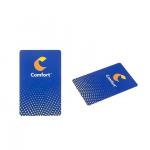
|
MIFARE 1K RFID Card Plastic RFID Card Silkscreen Printing 0.8mm 0.38mm Thickness |
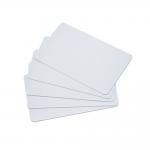
|
125khz LF Low Frequency RFID Card Access Control RFID Card EM4100 EM4200 TK4100 |
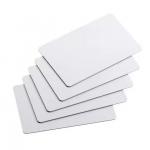
|
Customizable 125khz RFID Blank Card With Smart Chip T5577 TK4100 RFID Card |
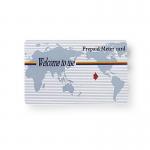
|
125khz EM4200 Custom Printed RFID Cards PVC RFID Cards Rectangular Shape |
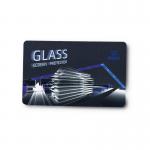
|
Full Color Printing EM4200 RFID Card 125khz Proximity Card Glossy Frosted |
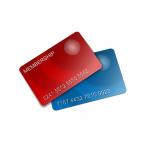
|
Embossed Number Custom Plastic VIP Cards Printable RFID Cards 0.76mm Thick |



